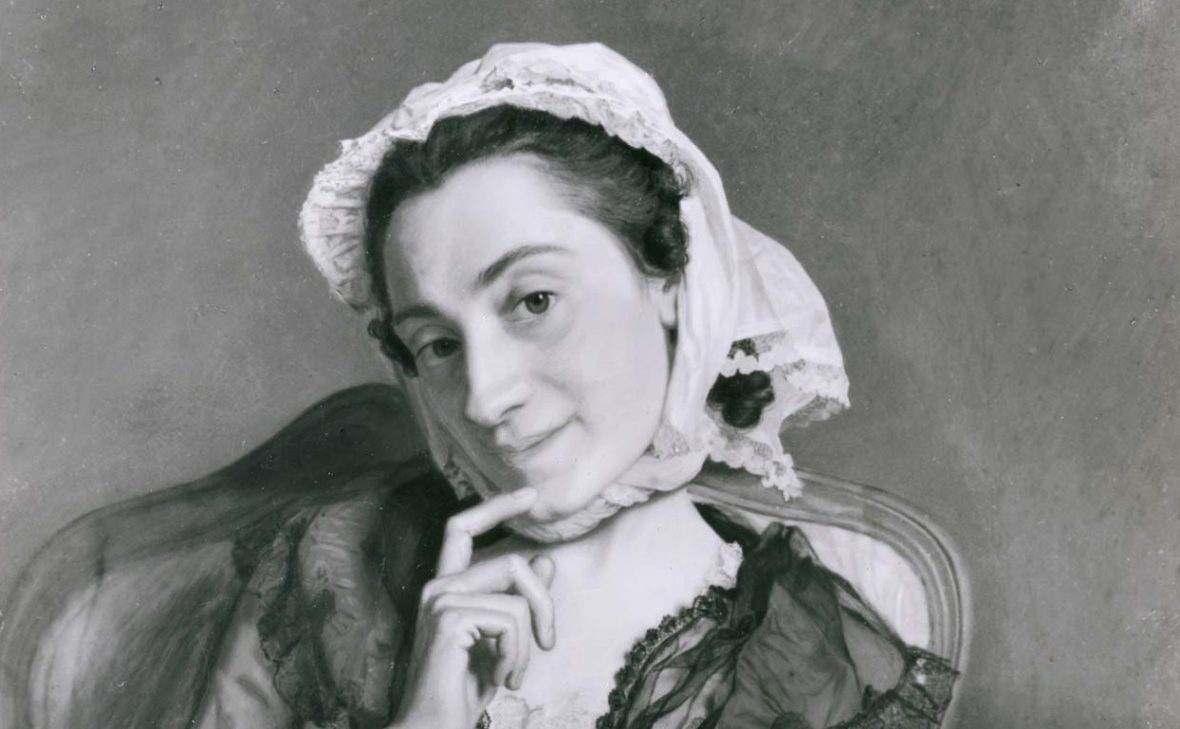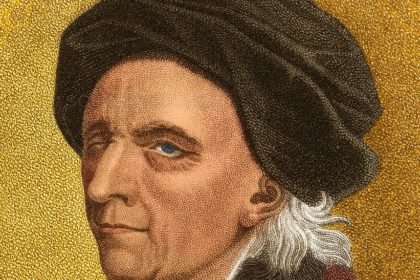Louise Florence Petronille Tardieu d’Esclavelles d’Epinay, better known as Madame d’Epinay, was a French writer, a saloniste and woman of fashion, known on account of her liaisons with Friedrich Melchior, Baron von Grimm, and Jean-Jacques Rousseau, who gives unflattering reports of her in his Confessions, as well as her acquaintanceship with Denis Diderot, Jean le Rond d’Alembert, Baron d’Holbach and other French men of letters during the Enlightenment. Take a look below for 19 more fun and interesting facts about Louise d’Epinay.
1. Louise was born at the fortress of Valenciennes, where her father, Tardieu d’Esclavelles, a brigadier of infantry, was commanding officer.
2. After her father was killed in battle when she was ten, she was sent to Paris in the care of an aunt who was married to Louis-Denis de La Live de Bellegarde, an immensely wealthy fermier-général, a collector-general of taxes.
3. Treated to the stultifying education that was a girl’s lot, in 1745 she married her cousin Denis Joseph de La Live d’Épinay, who was made a fermier-général.
4. The marriage was at once an unhappy one; and the prodigality, dissipation and infidelities of her husband justified her in obtaining a formal separation of assets in May 1749.
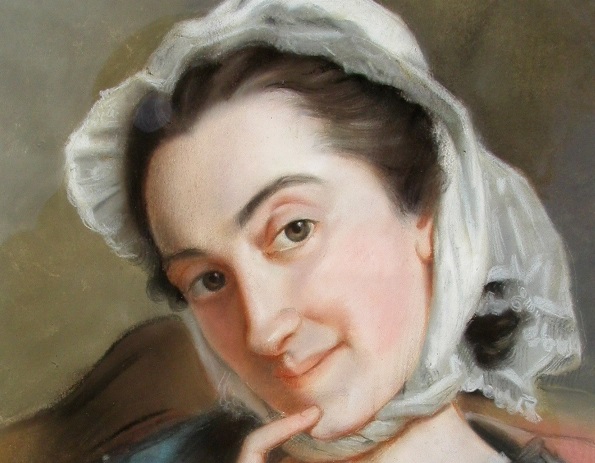
5. She settled in the Château of La Chevrette in the valley of Montmorency, a few miles north of Paris, and there received a number of distinguished visitors.
6. Conceiving a strong attachment for Jean-Jacques Rousseau, she furnished for him in 1756 in the valley of Montmorency a cottage which she named the Hermitage, and in this retreat he found for a time the quiet and natural rural pleasures he praised so highly.
7. Rousseau, in his Confessions, asserted that the inclination was all on her side; but as, after her visit to Geneva (1757–59), Rousseau became her bitter enemy, little weight can be given to his statements on this point.
8. Her intimacy with Grimm, which began in 1755, marks a turning-point in her life, for under his influence she escaped from the somewhat compromising conditions of her life at La Chevrette.
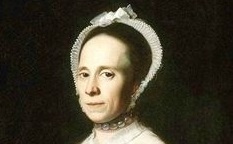
9. In 1757–1759, she paid a long visit to Geneva, where she was a constant guest of Voltaire.
10. In Grimm’s absence from France (1775–1776), Madame d’Épinay continued, under the superintendence of Diderot, the correspondence he had begun with various European sovereigns.
11. She spent most of her later life at La Briche, a small house near La Chevrette, in the society of Grimm and of a small circle of men of letters.
12. Her pseudo-memoirs are written in the form of a sort of autobiographic romance, L’Histoire de Madame de Montbrillant, begun when she was thirty but never published in her lifetime.
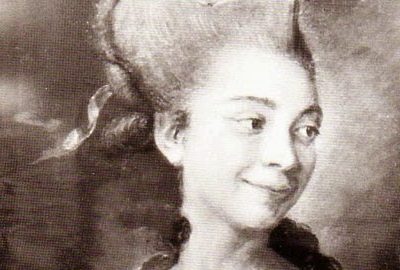
13. It intersperses fictionalized set pieces exhibiting the sensibilité of the earliest generation of Romantics, with genuine letters and autobiographical material.
14. Bequeathed to Baron Grimm, a mangled version of the manuscript was edited by J. P. A. Parison and J. C. Brunet (Paris, 1818) as Mémoires et correspondance de Madame d’Épinay with all the names changed to identify the supposed originals.
15. Her Conversations d’Émilie, a dialogue recollecting the education of her granddaughter, Émilie de Belsunce, was published in 1774.
16. The Mémoires et Correspondance de Mme d’Épinay, renfermant un grand nombre de lettres inédites de Grimm, de Diderot, et de J.-J. Rousseau, ainsi que des details, &c., was published at Paris (1818) from a manuscript which she had bequeathed to Grimm.
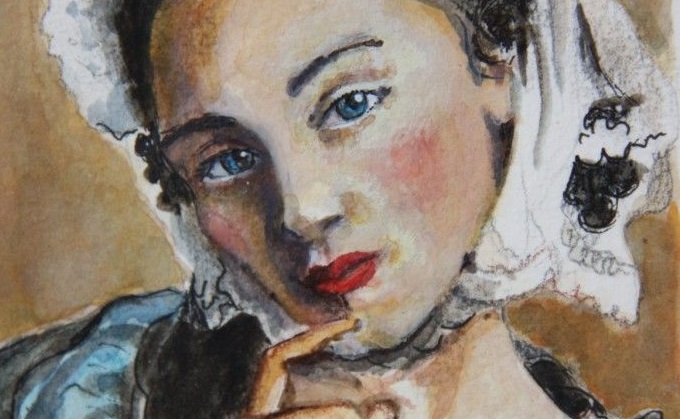
17. Many of Madame d’Épinay’s letters are contained in the Correspondance de l’abbé Galiani (1818), which provided material for Francis Steegmuller’s joint biography, and have since appeared in a definitive redaction.
18. Two anonymous works, Lettres à mon fils (Geneva, 1758) and Mes moments heureux (Geneva, 1759), are also by Madame d’Épinay.
19. In January 1783, three months before her death, she was awarded the Prix Monyon, recently established by the Académie to honor the author of the “book published in the current year that might be of most benefit to society”; it was her Conversations d’Émilie (1774).

